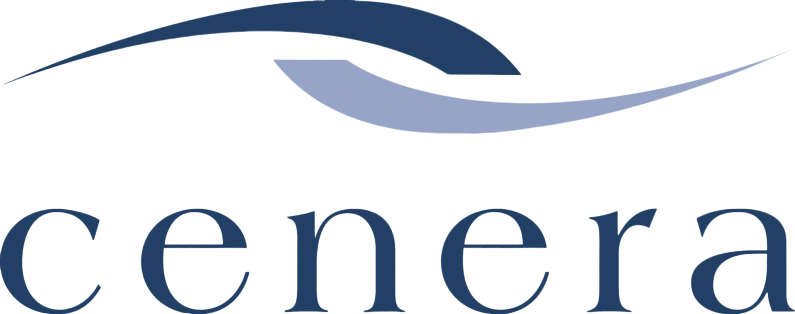Opportunity Knocks: Diversity, Equity, Inclusion and the Hiring Process
Opportunity Knocks: Diversity, Equity, Inclusion and the Hiring Process
While there is widespread agreement that diverse, inclusive workplaces are a good thing, the hard reality is that Indigenous people, people of colour, women and all other equity-deserving groups continue to be underrepresented in the workforce.
A new Statistics Canada study looked at data on women executives from an intersectional lens and found that disparities by gender and visible minority continue to impact workers in Canada.
Some of the findings included:
Women who reach executive roles tend to hold lower-level positions than men; 1 in 10 women officers were presidents, compared with almost 1 in 4 men officers.
Only 1 in 10 women executives belonged to a visible minority group, relative to being about 1 in 5 women in the overall working population.
Women executives made about 56% less than male executives, and visible minority women executives made about 32% less than non-visible minority women.
Very few Indigenous women were identified in the exploratory estimates, reaching about 1% compared with their representation in the working population (4%).
At Cenera, we’ve been committed to creating great workplaces for over 25 years, and while we acknowledge that we are not the experts in diversity, equity and inclusion (there are many resources and experts in Canada who are), we are committed to continuing to look at how workplaces can foster the conditions necessary for better inclusion and representation.
We’ve put together some important recommendations for businesses considering diversity, equity and inclusion in the hiring process.
1. Diversity, Equity and Inclusion Won’t Happen Without Intentional Action
The first step towards solving any problem is to admit that it exists – until we name it, we can’t face it. The reality is that bias is largely unconscious, so addressing it will require intentional action. Unconscious bias can impact who we hire and create unintended barriers that prevent people from achieving their full potential. While we won’t be able to unlearn our bias overnight, we can create thoughtful and purposeful conditions to reduce the impact it has on our decisions, policies and processes.
2. Examine the Patterns in Your Hiring Practices
A common saying in business when it comes to getting hired – it’s ‘who you know’.
While we don’t want to discount the importance of a personal referral, if your workforce is already largely homogenous, referral-based hiring practices (whether formal or informal) will tend to skew your pool of candidates towards more of the same. There is a lot of evidence demonstrating that unconscious bias is embedded in the evaluation of potential candidates, which clouds our perception of who is ‘qualified’.
That’s why it’s vital for companies to adjust how they screen and search for candidates. Tools like Unbiasify Chrome Extension can help remove the visibility of names and photos from sites like LinkedIn to address unconscious bias. Organizations can also invest in building cultural competencies for conscious talent management, which research has shown can positively impact everything from hiring decisions to better incorporation of cultural competencies into policies and processes. You may also want to consider broadening the qualifications you look at (education, previous experience, etc.) to include other kinds of lived experience and soft skills that could contribute to a potential candidate’s success in a role.
3. Create New Talent Pipelines
Unfortunately, many companies rely on the claim that they are unable to find qualified candidates from diverse talent pools – but it’s time to look closer. Again, intentionality matters. Companies need to be creating pipelines for talent that can ensure opportunities are reaching a wider pool of candidates. Consider partnerships with colleges and universities or organizations working with equity-seeking communities to make sure you’re broadening the scope of potential candidates you’re attracting.
Businesses should also look at where they’re posting positions. You may want to try recruiting through specific cultural outlets and media, in rural and urban locations, and Indigenous community papers. It’s important to take proactive steps to broaden your reach rather than waiting for people to come to the career page on your website.
4. Formalize Your Mentorship Opportunities
When it comes to diversity in your workforce, mentorship is crucial. Improving hiring policies is one thing, but if you aren’t providing a working environment that encourages and supports career growth, it’s unlikely to make a lasting impact, especially at the senior leadership level. While inter-office mentorship can and does often happen organically, formalizing it can ensure that it’s embedded at every level of your organization. Setting up mentor/mentee relationships and dedicating formal positions for workers engaged in the mentorship process can help. This capacity building and cross-training between team members will also provide personal and professional growth opportunities for both mentor and mentee.
5. Set Targets and Measure Progress
If you’re serious about diversity and inclusion, then you should be setting targets and evaluating results in the same way you would for any strategic business objective. It’s important to track where you are and where you want to be in order to understand where you may be falling short.
Ultimately, improving diversity, equity and inclusion in your hiring practices can be transformational to your company culture. A diverse workforce will help you tap into a wealth of experiences, perspectives and ideas. And as businesses struggle to attract talent, improving diversity in your workforce is not just the right thing to do – it’s a business imperative.
Businesses need effective human resources strategy and practice, which is why Cenera offers flexible, sliding scale HR Consulting services tailored to your HR business strategy and needs.
Reach out to the team at Cenera today to learn more about how we can help.
Let’s Connect
Never miss an update, click here to subscribe to our monthly newsletter.
Plus, follow us on LinkedIn!
Share This Story, and Choose Your Platform!

